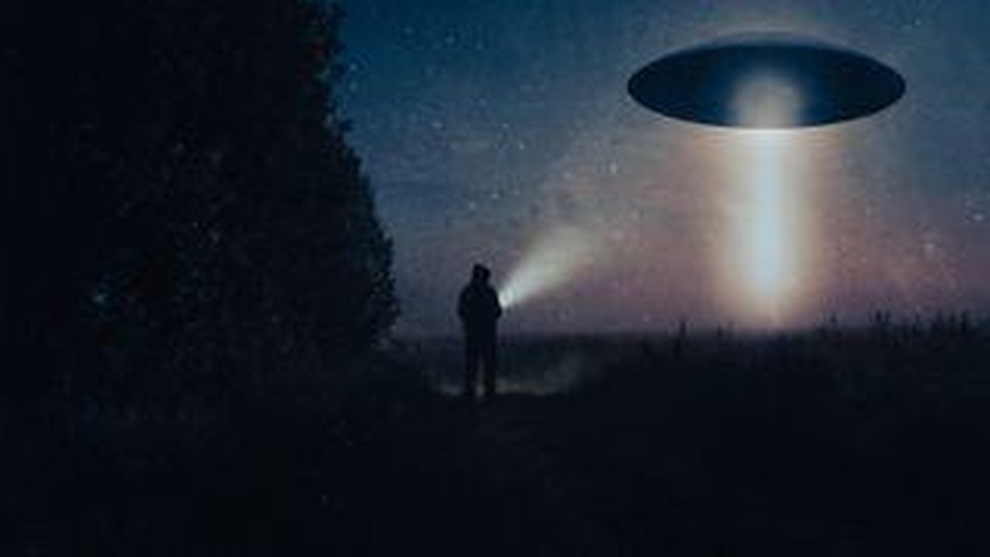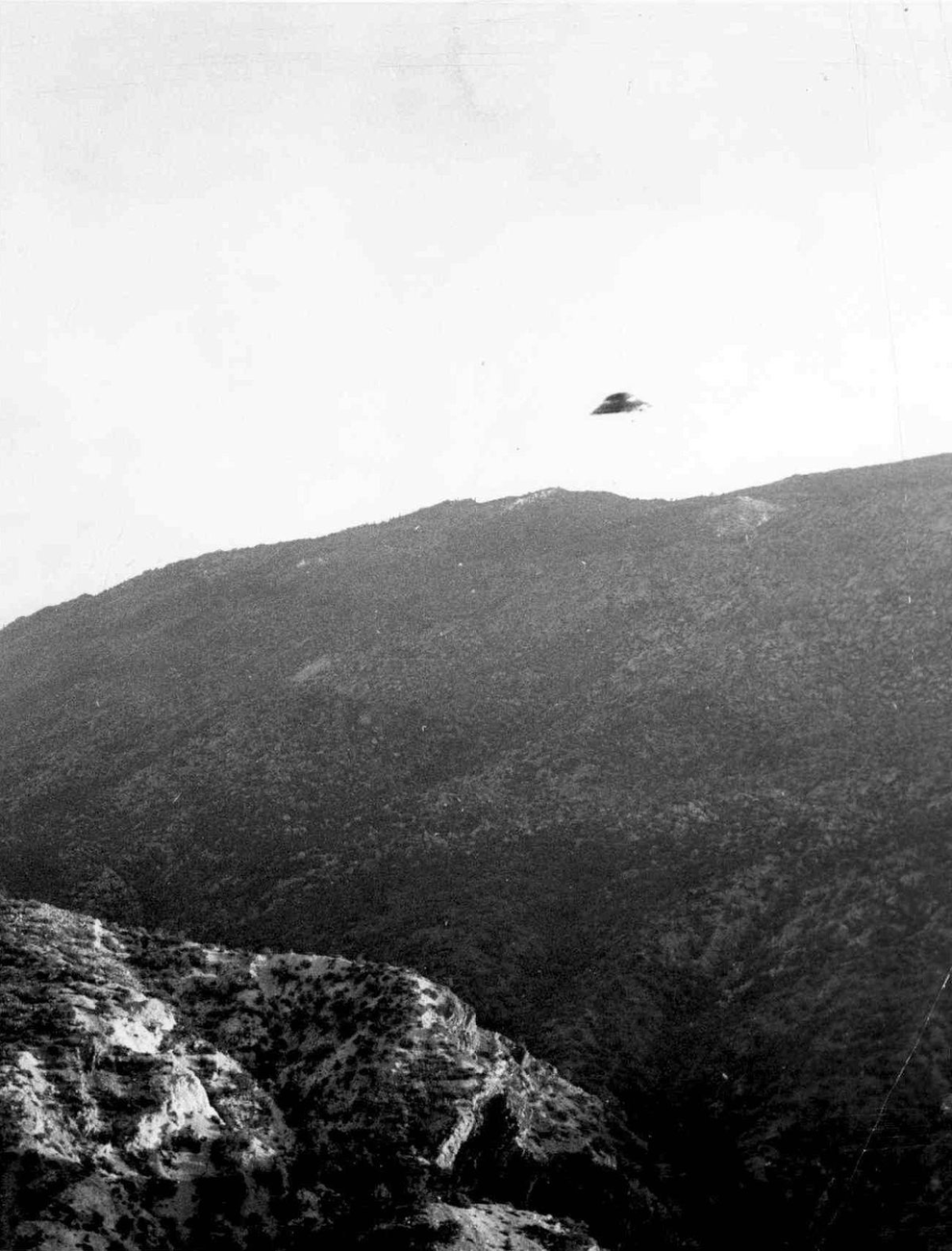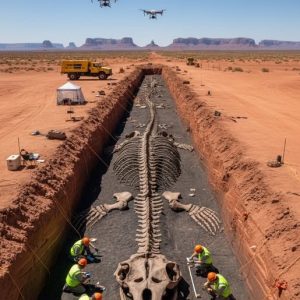Scientists still cannot explain why UFOs are seen more in the West, especially the western region of the United States.

Scientists have analyzed reports of unidentified aerial phenomena (UAP) — an umbrella term that includes UFOs not only in the sky but also in space and underwater — and found that local environmental factors play a role in UAP sightings.
The study was based on 98,000 reports over 20 years, archived at the US National UFO Research Center (NUFORC). Scientists modeled how UAP sightings were reported.
Results showed that the majority of reported cases originated in the western United States.
“That was completely unexpected. It’s hard to explain why we see more UAPs in the West,” said geographer Richard Medina, of the University of Utah (USA), who led the study.
“Determining the environmental context of these sightings is crucial when considering explanations for UAP sightings, as it helps scientists distinguish between those that are inconclusive and those that are anomalous, and that could pose a threat,” Medina said.
He and his colleagues acknowledge that the large number of sightings in the western United States is explainable, and that the West’s historical relationship with UAP also contributes to the large number of reports in the region.
For example, the legendary Area 51 in Nevada is famous as a testing ground for American technology.
This top-secret military facility has been testing strange-looking surveillance aircraft since the 1980s, sparking suspicions and conspiracy theories about the US government testing alien technology.
After the US government first acknowledged the facility in 2013 and released related documents, many reports of UFO sightings coincided with the dates and times of US military test flights at the time.
In another example, in 1947 the desert town of Roswell in New Mexico became famous for a flying saucer crash, after several residents saw debris consisting of rubber bands and tin foil.
After the incident, the US Air Force revealed the remains were from a secret project involving multiple balloons intended to “sniff out” Soviet nuclear tests.
What are people really seeing?
“There is more technology in the sky than ever before, so the question is: What are people actually seeing? It’s a difficult question to answer, and an important one because any uncertainty could be a potential threat to national security,” Medina said in a statement.

UAP reports over the two decades peaked in 2014, when 8,000 sightings were entered into the NUFORC database, the researchers said.
In stark contrast to the large number of UAP sightings in the western, central and southern United States, there have been no reported cases of this phenomenon.
“At this point, we really don’t know why there are fewer sightings in the south of the country,” Medina said.
Earlier last month, a highly anticipated report from the U.S. Department of Defense’s UFO office concluded that there is no empirical evidence that the U.S. government is hiding knowledge of extraterrestrial technology and that there is no evidence that any reported UFO sightings are of extraterrestrial spacecraft.
The 63-page report, which unearths classified documents from the 1940s and was commissioned by Congress, notes that many UAP reports remain unresolved or unidentified due to lack of data.
The report said that if better quality information were available, many currently unexplained UAP sightings could be identified as non-human objects.
Christopher Mellon, former Deputy Assistant Secretary of Defense for Intelligence, previously shared that: “Hundreds of credible military reports remain unexplained and they continue to grow.”
Medina and his team are conducting research to see if there are temporal patterns in the NUFORC data, or other variables such as drone activity, scientific balloons, and other sociocultural aspects will also be examined to see if they correlate with reported cases.
“This is just the beginning,” the researcher said.










